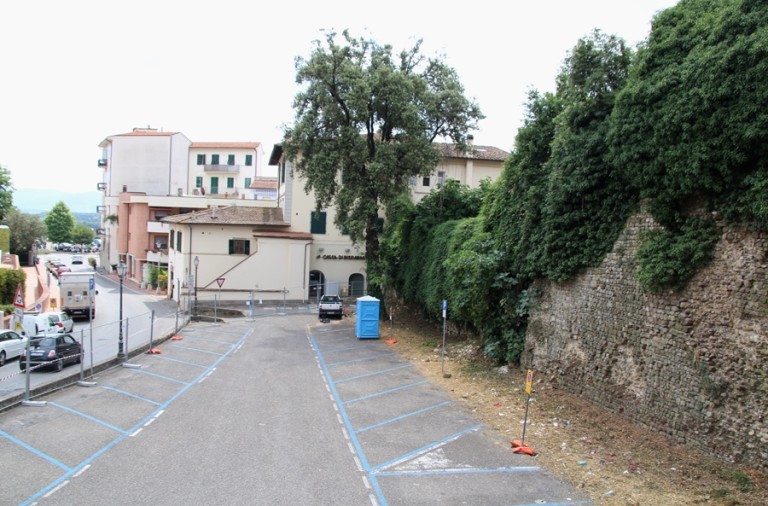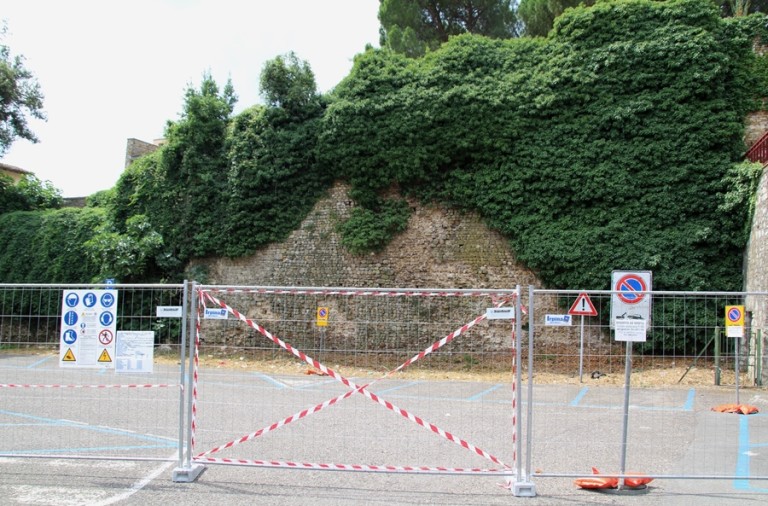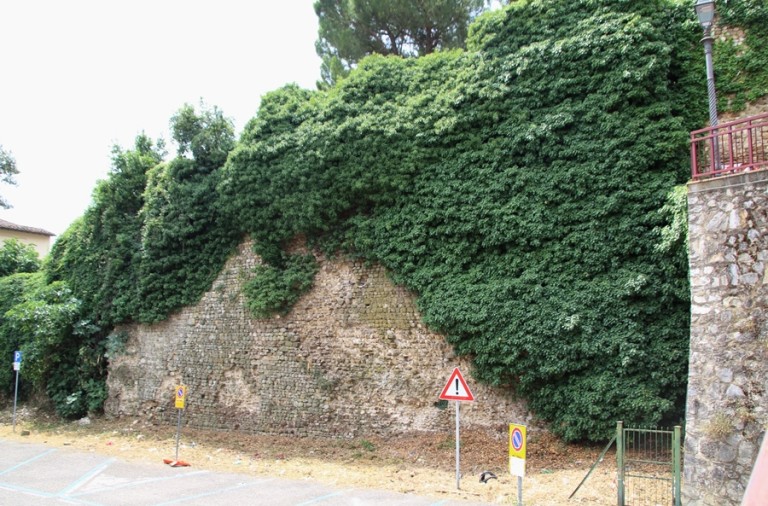Articolo disponibile anche in: Italian
The first step towards the restoration of the medieval walls of San Casciano in the original part of Via dei Fossi has been taken.
After the preliminary draft, the Council is undertaking restoration and enhancement of part of the most significant material evidence of the architectural heritage of medieval Chianti and San Casciano.
“We will proceed with the cleaning of the external parts removing the ivy and then tests will be carried out on the wall”, says Mayor Massimiliano Pescini, announcing the official opening of the project that aims to restore the walls, specially one of the most original features. T
he part along Via dei Fossi, in front of Piazza Arti e Mestieri. Complex works, involving an estimated expenditure of EUR 280.000 for which the Pescini Council had recently asked citizens, as part of the national Art Bonus, any contribution in support this public work.
“The restoration”, says the Mayor, “will allow us to further understand such an important period in the formation of our town as we know it today”.
The walls of San Casciano envelop the heart of the medieval village. The origins date back to the middle 1300s. After the ravages by Castruccio Castracani, in 1326, the reconstruction, of which important written documents and material remain, was initiated by the Municipality of Florence starting in 1354.
It was then in the mid-1500s, during the war between the Republic of Siena and Florence, Cosimo I de’ Medici decided to strengthen the fortifications of San Casciano adding bulwarks to the fourteenth-century towers. Currently only parts of the original route are visible, an extraordinary chance to see the Florentine building techniques in the 1300s, though parts have a poor state of conservation related to the presence of vegetation.
This restoration project of the medieval centre of San Casciano has been pursued for a long time by the municipality.
The Council had already worked some years ago on the recovery of part of the walls with a regional funding of around 250.000 euro. The work returned a part of the tough bulwark of San Casciano to former glory and allowed an improved usability for citizens in the adjacent arena.


